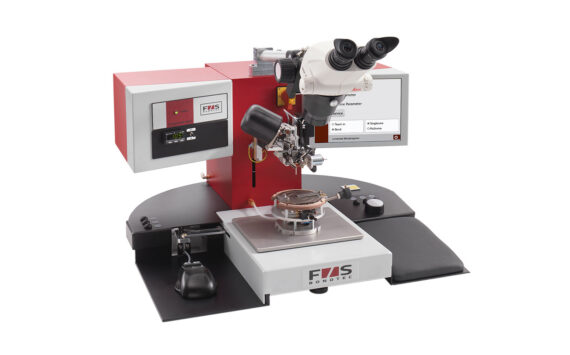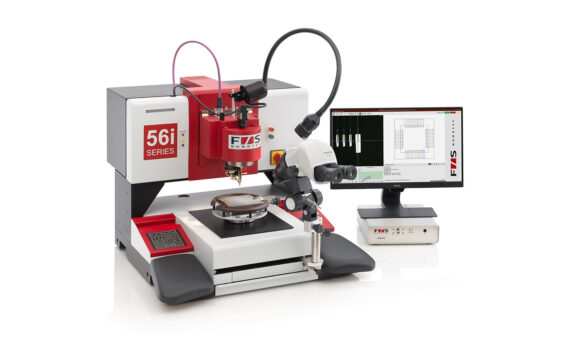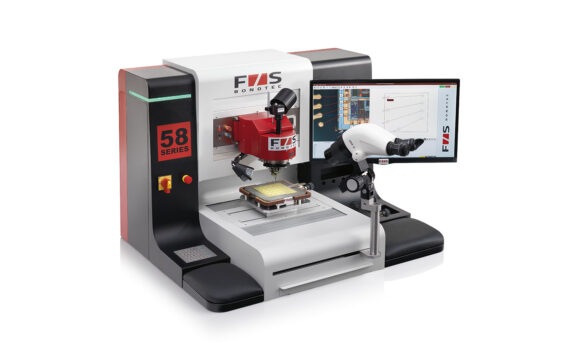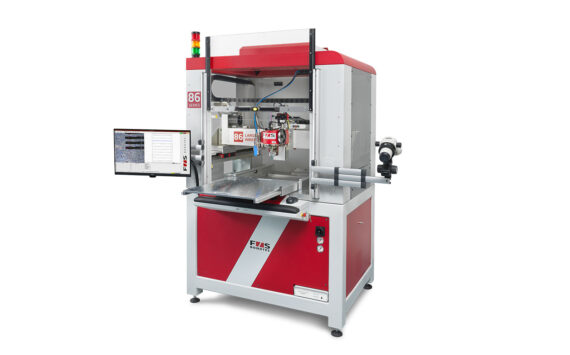
Gold-Ball
>> Gold wire 12,5 to 50 µm
>> for currents in mA range
>> 1st bond ball-shaped, 2nd bond fishtail
>> Loop of any shape
>> heated package (over 150°C)
>> Robust, widely used, corrosion resistant

What is Ball-Wedge Bonding?
The process begins with the formation of the ball at the tip of the wire bonding tool – the capillary. The end of the wire is melted using a small electrical discharge (EFO electronic flame off), so that a ball is formed. Once the ball is formed, it is bonded to the pad on the chip or substrate. The wire is then deformed creating a bond between the wire and the pad. The wire is first guided upwards to form the loop, then guided to the second contact point and contacted again. Finally, the excess wire is torn off, leaving behind a securely bonded connection.
Gold-ball-wire-bonding offers a method of connecting within high electrical conductivity packages. In addition, gold wires have a high oxidation tolerance compared to other wire materials and are softer than most, which is essential for certain surfaces.
The many different applications and variations of gold ball wire bonding are almost limitless and can be achieved by using the automated software on F&S BONDTEC’s wire bonding systems.
Advantages of Ball-Wedge Bonding
>> Miniaturization: As electronic devices continue to shrink in size, the precise nature of ball-wedge bonding allows for connections in extremely confined spaces.
>> Cost-Efficiency: The process enables high speed, automated bonding, leading to increased productivity and reduced manufacturing costs.
>> and there is “Stitch-On Bump” and “Safe Bump”.
What is Stitch-On-Bump?
Stitch-On Ball is the most common method to increase bond reliability. Its essence is a stitch bond on a bump previously made by ball bonding.
What is Safe Bump?
The bonded area is relatively small at the 2nd bond, since the wire is bonded off over the radius of the capillary. In certain processes you want to “lock” it additionally. With the Safe Bump, a bump is placed on the 2nd bond to give that additional fixation.






